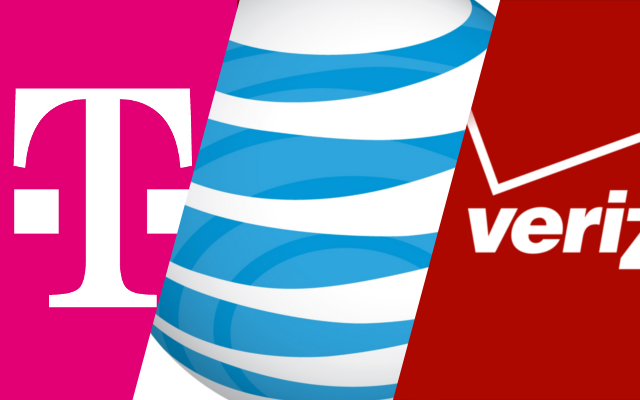
It wasn’t too long ago that I wrote my article claiming that 22 months was too long for upgrades. At the time, 20-24 months was the normal wait time between getting hefty discounts on smartphones - you know, the $199, $99, $49 prices that most people are drawn in with when they walk in to a phone retail store. It’s the price that many people assume is the actual cost of a smartphone all the time, not a promotional price with fine print. Nowadays there are easier ways of getting your upgrade before one’s two-year contract is up, although the details behind these programs (like T-Mobile’s Jump! or AT&T’s Next) aren’t as simple as one might initially think.
I was really pumped for these programs to come out, because at the time that I wrote that article (late 2012) mobile technology was still going at a steady pace. When a new batch of flagship phones hit the shelves, there were big, notable differences between them and the last generation of phones. Significant changes were being made, and it was nothing short of frustrating knowing you just picked up an outdated model that wasn’t nearly as good as whatever new thing was being sold mere months after the phone you were holding was once in the same position. It was part of the reason why trying to convince yourself that keeping a phone for two whole years was so hard.
It’s not even two years since I wrote that article, but I’ve already changed my views on that aspect of the industry. At this point, it feels like we’re at a standstill of sorts. Smartphones have gotten to the point where that big, noticeable jump just isn’t there anymore. In my experience, it seems that most smartphones across all platforms perform decently at this point. Gone are the frustrating days where my Android would regularly force close, or when I had to charge my phone two, sometimes three times in a single day just to make it last. Apps, navigation, and web pages all transition and load smoothly. Does my HTC One with its quad-core processor load faster than my Moto X does with its dual-core? Yes, but only by a few seconds. Is it really that noticeable? To me, not really. They both get the job done in a reasonable amount of time.
Most phones do now, and between Apple having always supported their phones software-wise for about 3 years, Google shifting their focus in order to bring newer software updates to older phones, Windows Phone only getting a major update every year and a half or so, and hardware specs making as impressive of a leap as they have at this point, to me, it seems like there is very little reason to want to upgrade phones all that often anymore.
It’s not a bad thing. You’re still going to have the people who want the new phones regardless, because it’s a hobby. That’s how I am. But the days of big issues that used to plague all people with their smartphones (the lag, the software issues, the early days of smartphone development in general) seem to be behind us. If I upgrade my phone from my Moto X to something else, it’s not going to be because the phone sucks; it’s because I wanted a better camera, or a bigger screen, maybe a smaller screen, or perhaps a different platform altogether. But performance-wise? It’s just fine, and I have no problems with it. Even the camera isn’t bad. It’s not the best, but I don’t have room to complain.
I’m still just as interested in smartphones as I ever was, but I do realize that my old “need” to upgrade my smartphone due to poor performance has quickly evolved into becoming a want simply because I got bored. Like I said, though, I consider it a good thing because overall that means that the whole “2 years before your next upgrade” thing is a reachable goal at this point, whereas before it seemed like a rather far-fetched idea given how quickly smartphones were outdated, replaced, and forgotten about.
Images via TechnoBuffalo, Phandroid